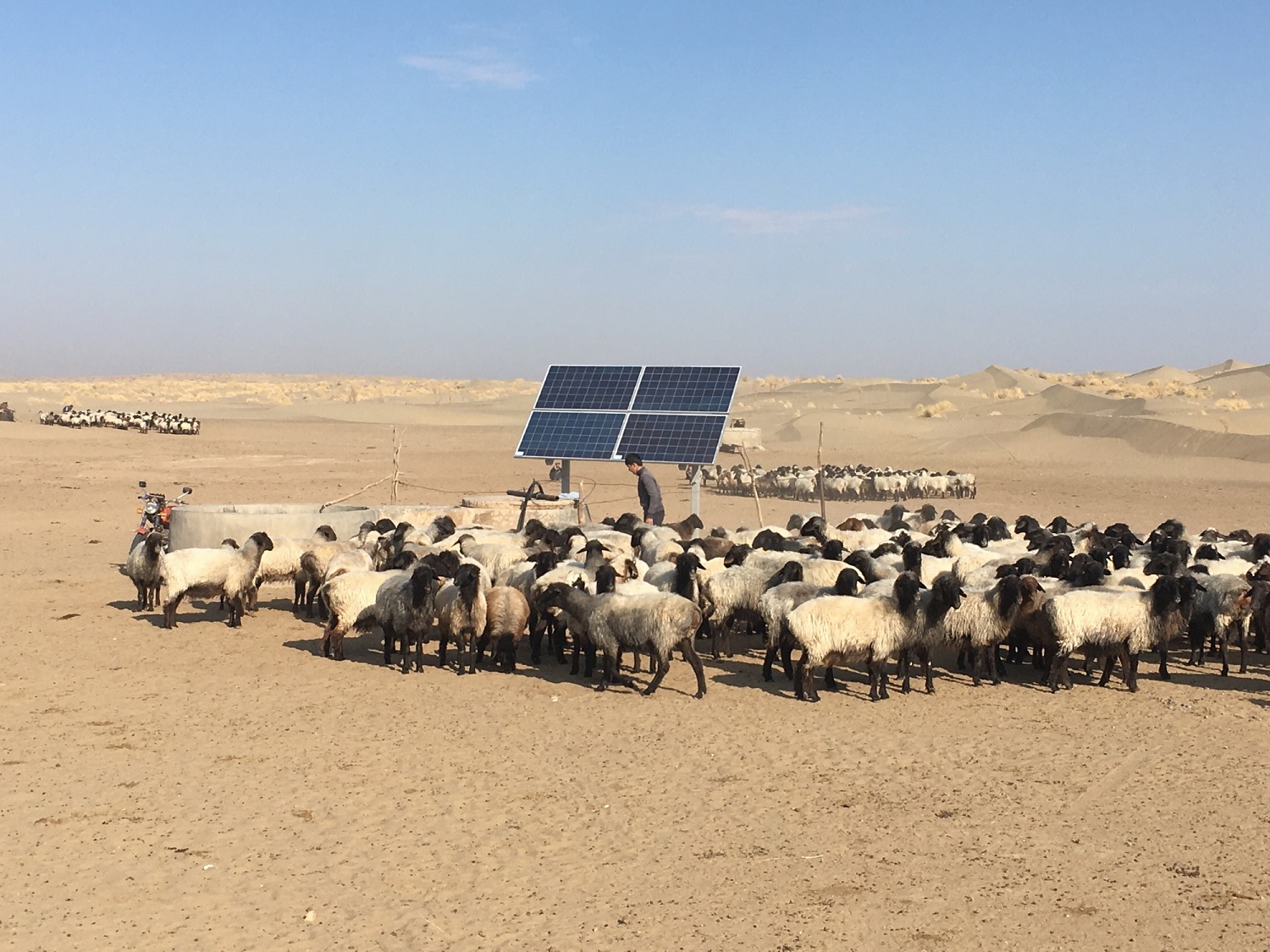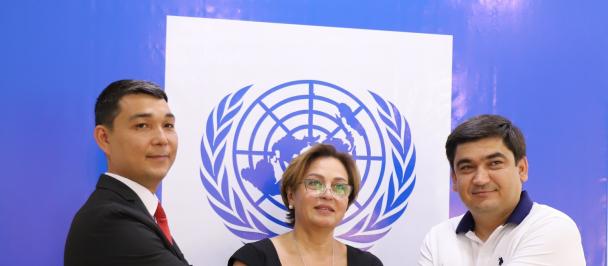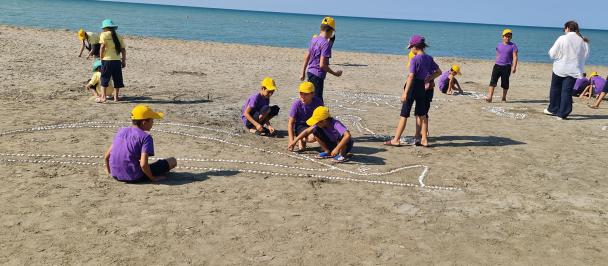People living in the heart of Karakum desert are mainly involved in sheep and camels breeding. To water their livestock, shepherds collect precipitation and transport water by cars. Rainwater is collected from rooftops, accumulated and kept in special containers besides each house. The prolonged storage of water leads to deterioration of its taste and sanitary qualities, which over time negatively affects human health. There are also difficulties in supplying electricity in these villages, as existing diesel generators in each of the villages are run only for a few hours a day.
The joint project of UNDP and the State Committee on Water Management of Turkmenistan “Energy Efficiency and Renewable Energy for Sustainable Water Management in Turkmenistan” funded by the Global Environment Facility (GEF) aims at introducing the innovative technologies in the development of water management, energy efficiency and reducing greenhouse gas emissions into the atmosphere. As part of one of its components, the project has installed solar power supply systems for pumping and purifying water in remote desert villages Yel, Bashkak and Kelleli villages of the Ak Bugday district of Akhal region.
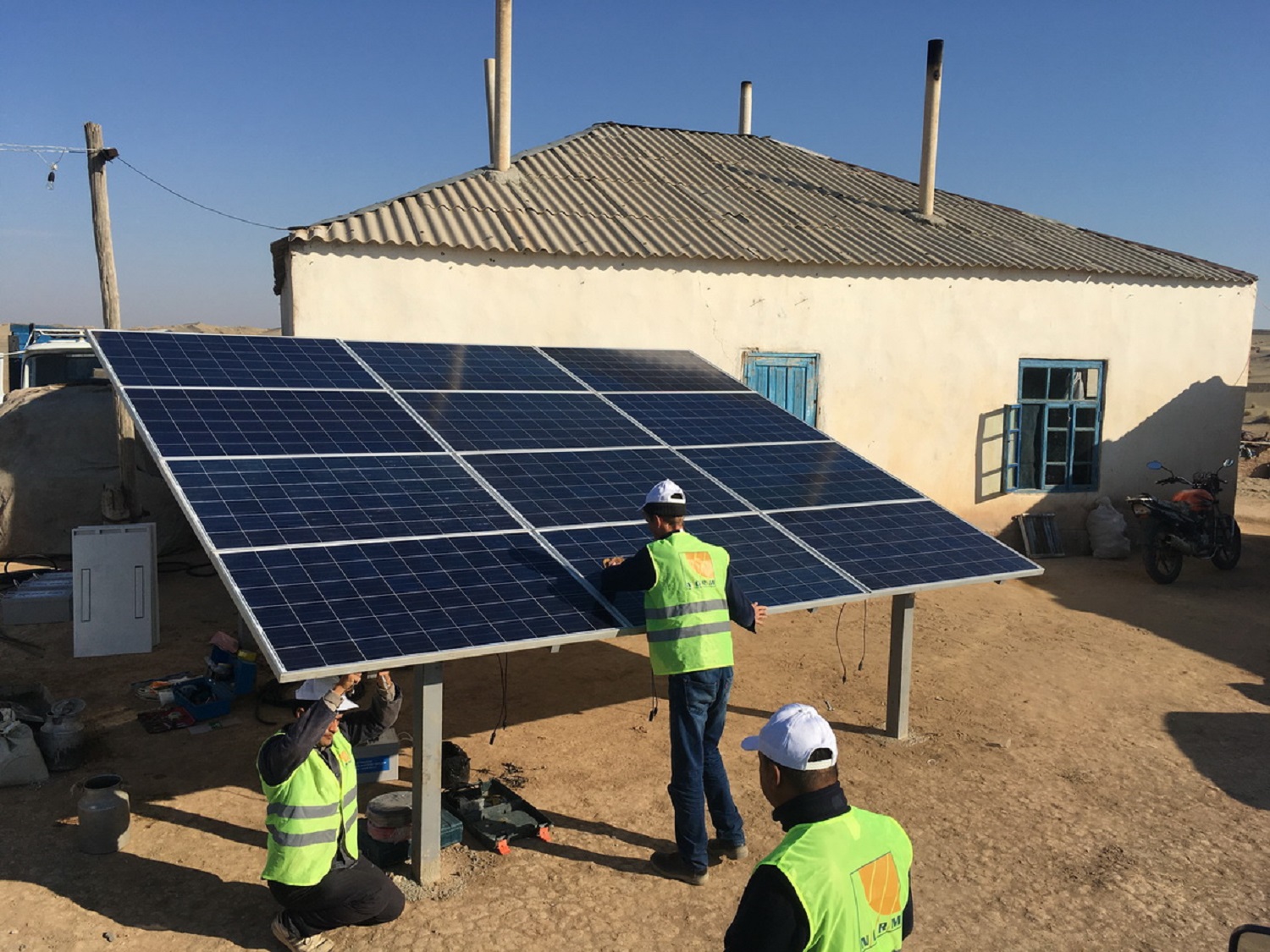
Consequently, the project has installed solar photovoltaic (PV) power systems with total electric capacity of 10 kW to demonstrate the use of renewable energy sources and to encourage local communities to use “clean energy” instead of diesel generators and thereby reduce CO2 emissions associated with water pumping. Today, about 1200 people are benefitting from the pilot plots, including women and girls, who constitute half of the local population. Constant water supply helps to improve the sanitary and hygienic conditions in these villages.
The electrification of remote desert settlements through harnessing solar energy has allowed local people to get access to clean water and electricity, which in turn has led to the improvement of quality of their life. “Now, my children can drink clean water and watch TV”- says one of beneficiaries of this important initiative from Bashkak village.
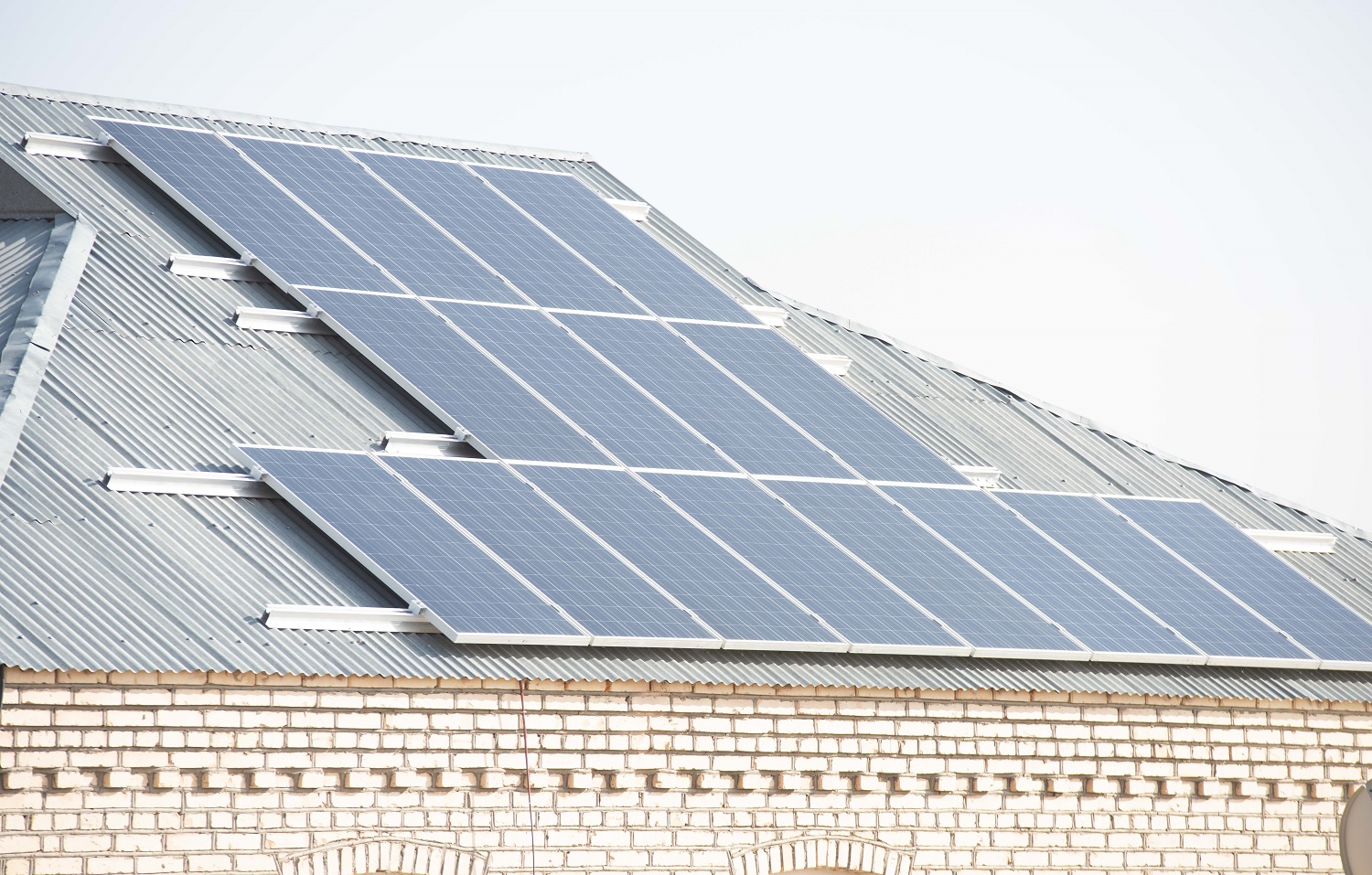
According to preliminary projections, it is expected that installed PV systems during their 15 years-long lifetime will lead to reduction of GHG emissions by 383 tons of CO2 equivalent.
This initiative has a high replication potential considering the large number of remote villages scattered across the desert, where diesel-based engine generators are the main source of electricity for the population and water pumping.

 Locations
Locations